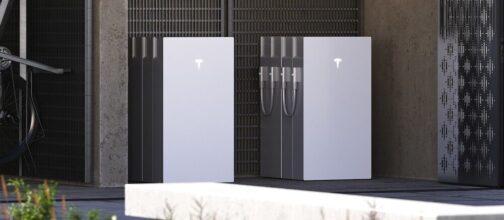Sigenergy vs Tesla Powerwall 3:
If you’re choosing between Sigenergy SigenStor and Tesla Powerwall 3, this guide gives you a straight, UK-specific answer: which is better for your home, your tariff, and your budget – with specs, tables, and use-cases you can act on today.
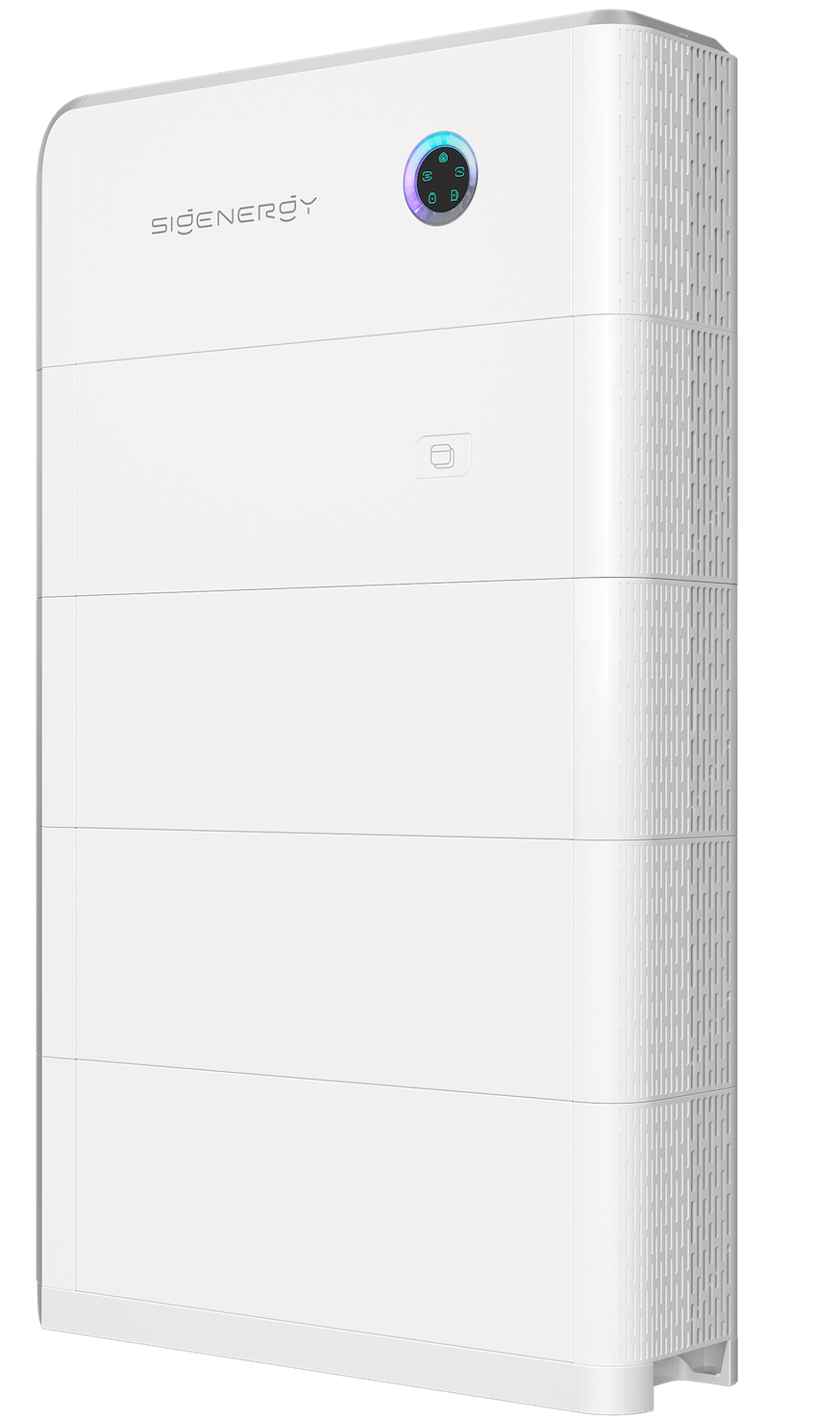
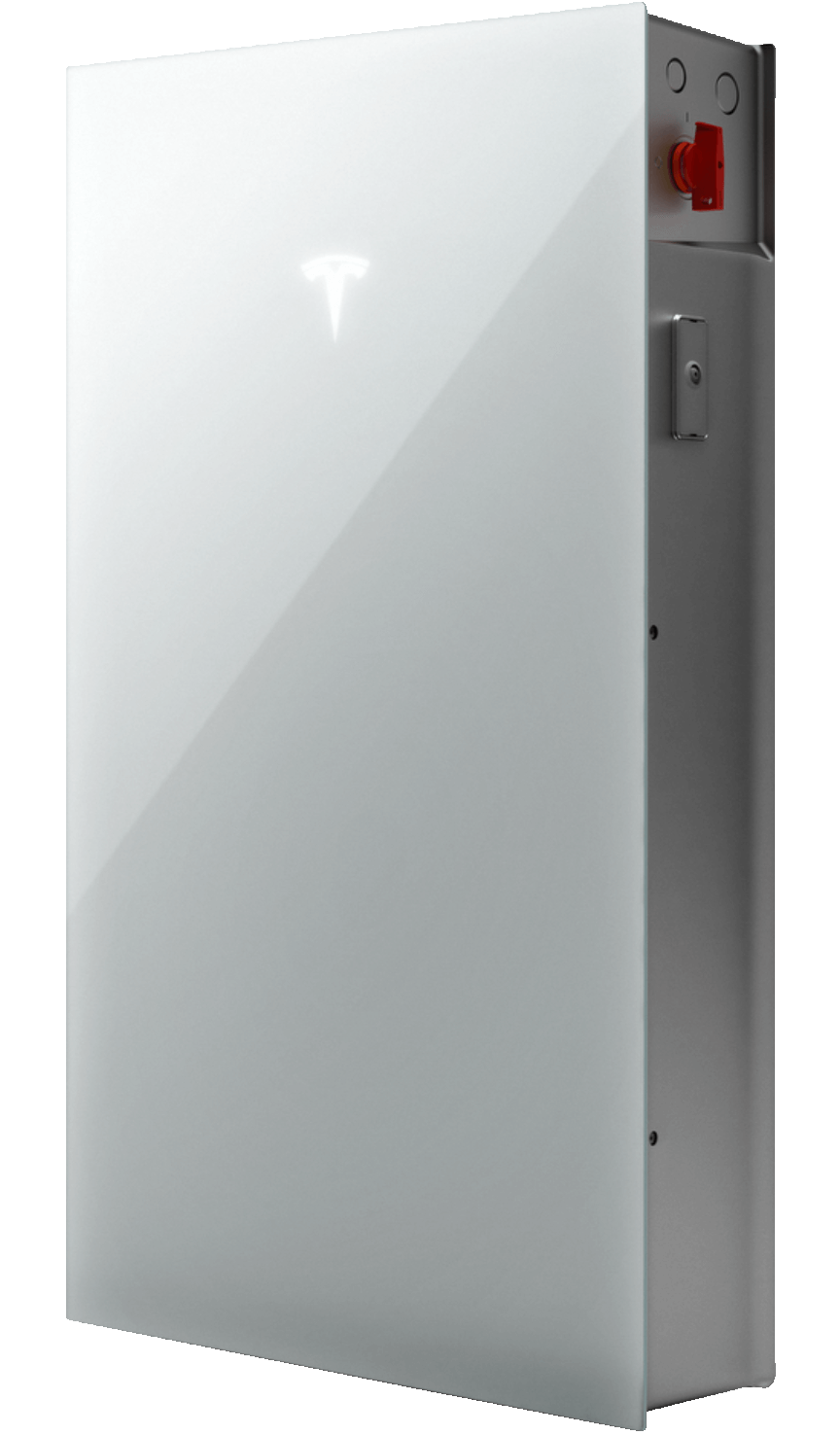
by David Lewis | published 27 August 2025
Quick Verdict: Who should pick which – and why?
- Pick Tesla Powerwall 3 if you want the simplest, integrated whole-home system with high continuous power output per unit (up to 11.04 kW AC), built-in solar inverter (3 MPPTs, up to 20 kW DC), excellent app features, and unlimited-cycle warranty for standard uses. Great for homes prioritising robust backup and clean integration.
- Pick Sigenergy SigenStor if you want modular capacity (5/6/8/10 kWh blocks), hybrid inverter sizes tailored to your array, optional DC EV-charger module, and strong three-phase options in one platform – very flexible for complex or expandable systems. Also, SigenStor offers emergency back-up power to both single- and 3-phase systems.
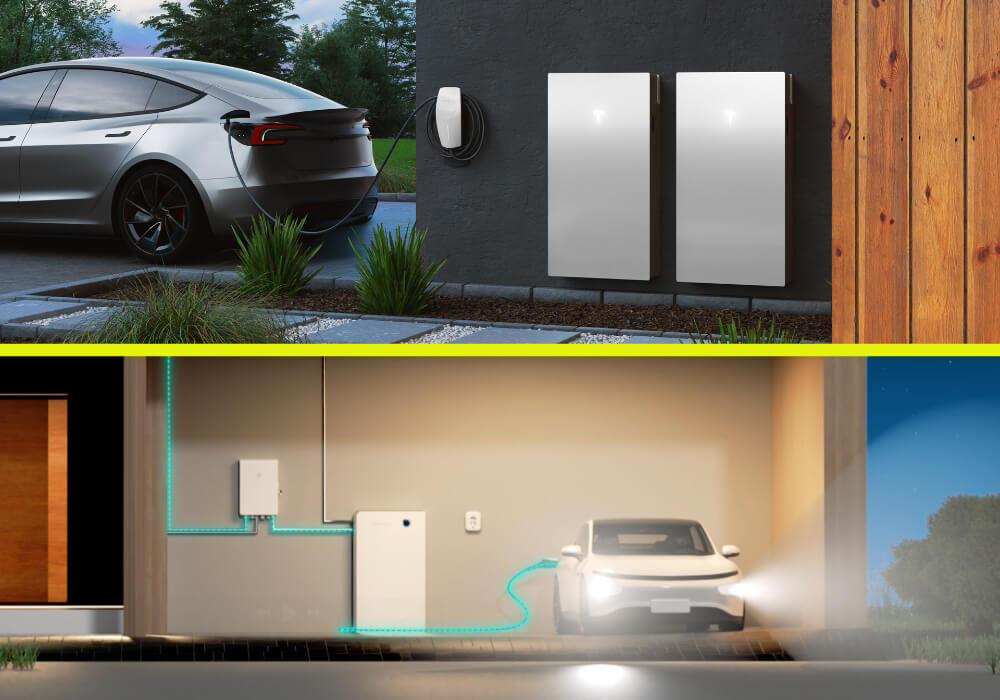
SUMMARY
Powerwall 3 = slick, powerful, integrated and battle-tested.
SigenStor = flexible, modular, feature-rich (including optional DC EV charging) and great for bespoke setups.
Side-by-Side Specs (UK)
To help you compare and contrast Sigenergy vs Tesla Powerwall 3, here is a handy table highlighting some of the key stats:
FEATURE | TESLA POWERWALL 3 | SIGENERGY SIGENSTOR |
Usable Energy (per unit) | 13.5 kWh | 5 kWh (5.2 kWh usable), 6 kWh (5.84 kWh usable), 8 kWh (7.8 kWh usable), 10 kWh (8.76 kWh usable) modules |
Maximum System Scale | Up to 4 Powerwalls + 3 expansion packs (max ~44 kW AC / ~94.5 kWh) | Multiple stacks & controllers; highly scalable for large homes |
Phases | Single-phase unit (system supports 3-phase sites via Gateway) | Native single- or 3-phase controller options |
Continuous Output | Up to 11.04 kW AC | Per controller: 3–12 kW (1-phase); 5–25 kW (3-phase) |
Solar Integration | Built-in solar inverter with 3 MPPTs; up to 20 kW DC | Hybrid inverter platform with multiple MPPT options |
Efficiency (PV → Battery → Home) | ~89% | Inverter peak efficiency up to ~98% (model-dependent) |
Mounting | Wall or floor | Wall or floor |
Ingress Rating | IP55 enclosure; battery & power electronics IP67 | IP66 (suitable for outdoor) |
Warranty | 10 years; unlimited cycles in listed applications; 80% capacity at 10 years | 10 years; 60% capacity at 10 years or throughput (e.g. 23.77 MWh for 8 kWh module) |
App & Eco-system | Tesla app (Storm Watch, time-based control, EV charge on solar, etc.) | mySigen app; optional integrated DC EV-charger module |
Typical UK Installation | Whole-home backup, high-power loads, clean app | Modular builds, three-phase, EV-centric designs |
What’s Similar?
Both batteries represent excellent choices for UK homes and in fact they have quite a lot of strengths in common:
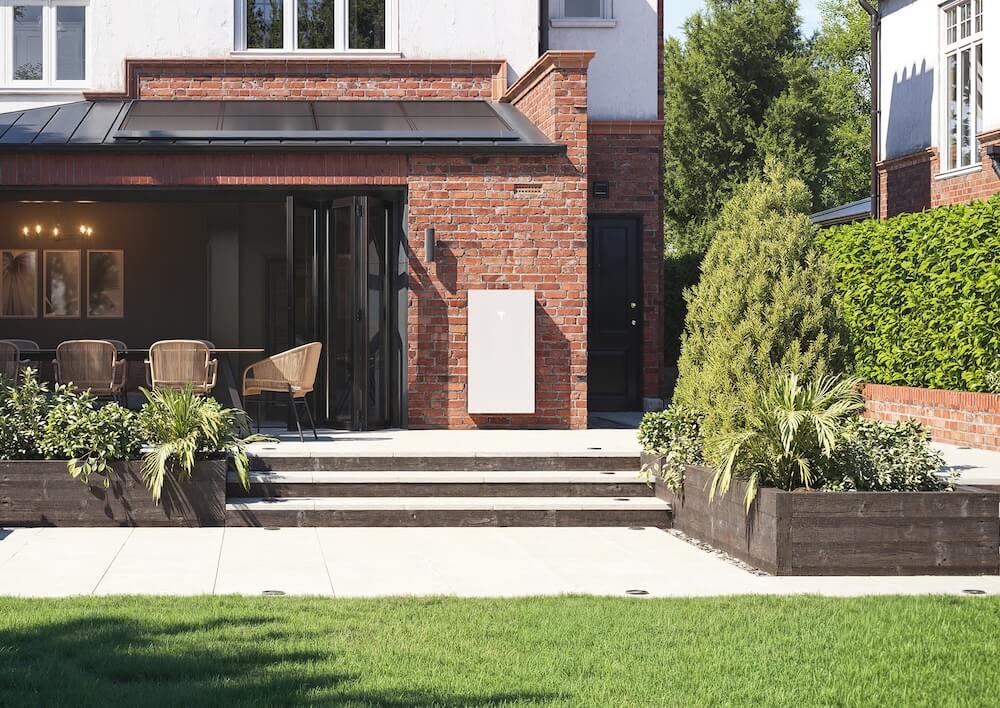
- LFP chemistry – safe and long-lasting
- 10-year warranties – peace of mind for a decade
- Grid-tied storage – enabling multiple grid applications
- Backup capability with islanding hardware – keep the lights on in a power-cut
- Smart-tariff control options, and modern apps – increased savings from your battery asset
- Both qualify for 0% VAT on residential installations (currently to 31 March 2027; retrofit batteries included from 1 February 2024)
Key Differences Explained
Despite the commonalities between the Tesla Powerwall 3 and Sigenergy SigenStor systems, they do differ in important ways:
Power & Backup Behaviour
- Powerwall 3 delivers up to 11.04 kW continuous AC per unit, with high surge capability (185 A LRA) for starting heavy loads – excellent for whole-home backup on a single phase when paired with Tesla Backup Gateway 2.
- SigenStor’s power depends on the Sigen Energy Controller size (e.g. 3-12 kW single-phase; 5-25 kW 3-phase), so you can right-size inverter power to your home and PV array. But, in contrast to the Powerwall, the SigenStor can offer backup power for both single- and 3-phase homes.
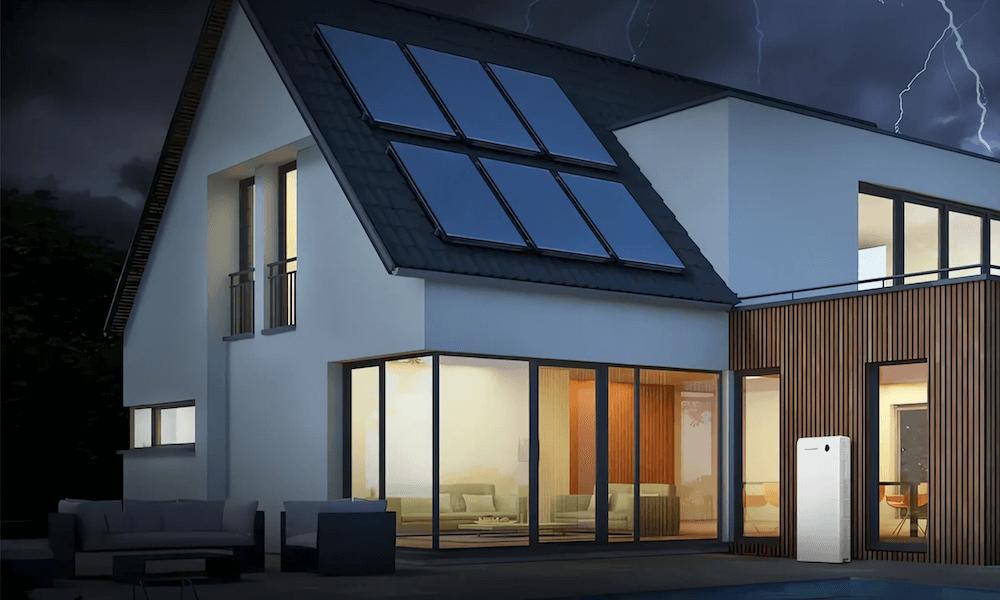
Capacity & Scalability
- Powerwall 3: 13.5 kWh per unit; stack up to 4 Powerwalls plus up to 3 Expansion Packs (total 94.5 kWh) and 44 kW AC continuous across four units.
- SigenStor: modular 5/6/8/10 kWh batteries per stack, multiple stacks in parallel; practical for garages/utility rooms where incremental additions are planned.
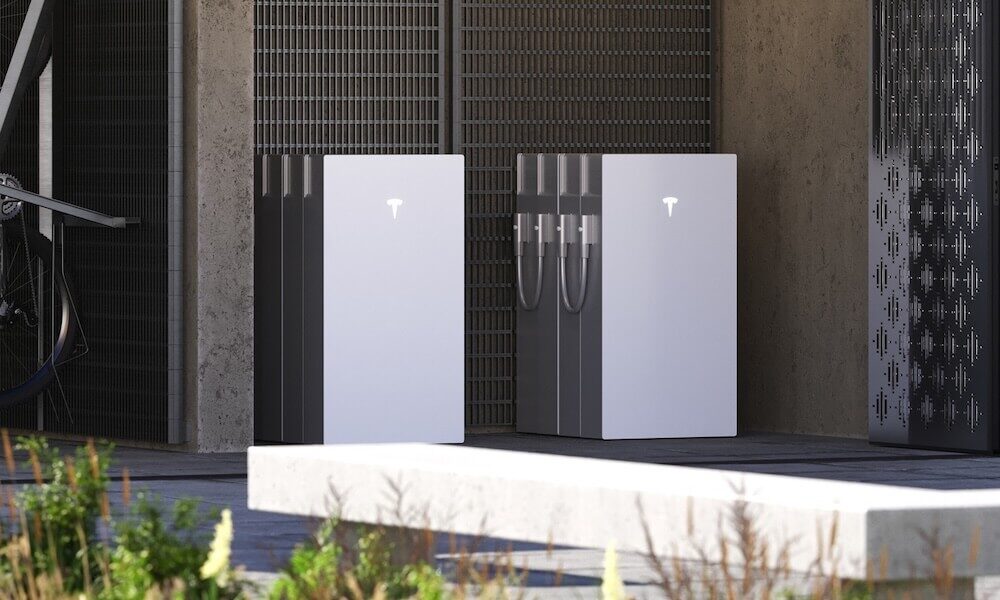
Solar Integration (DC/AC, MPPTs)
- Powerwall 3 includes a built-in solar inverter (3 MPPTs, up to 20 kW DC) – very tidy for new PV+storage installs, with fewer boxes on the wall.
- SigenStor is a hybrid platform; you choose controller size/MPPT count to match your array complexity.
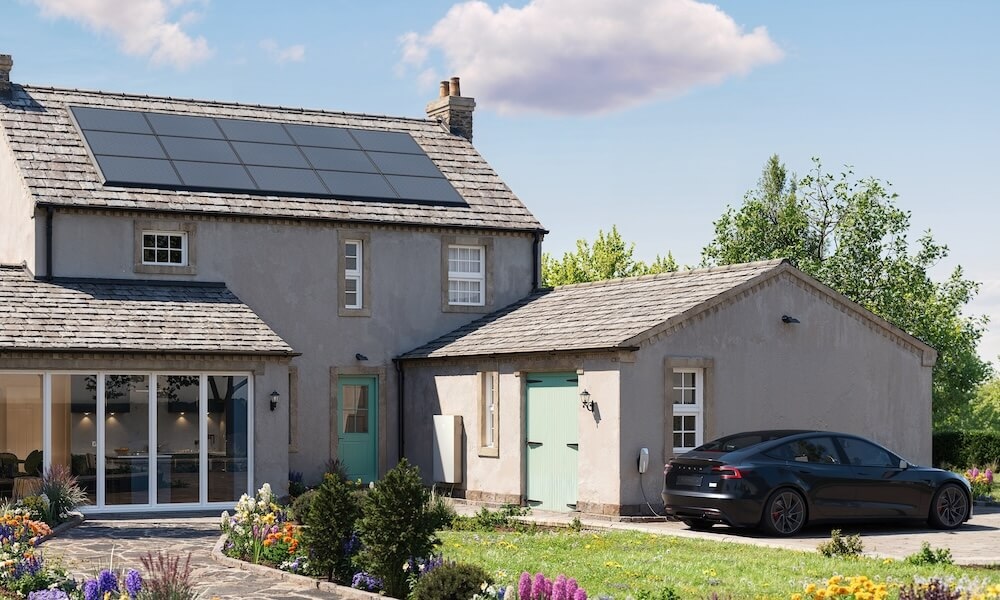
Single- vs 3-Phase Homes
- Powerwall 3 is a single-phase device; on 3-phase supplies you typically install one unit per phase and manage the site with Backup Gateway 2 (which supports 3-phase sites).
- SigenStor offers native 3-phase controllers up to 25 kW, making it attractive for larger UK homes with 3-phase services or heat-pump-heavy loads.
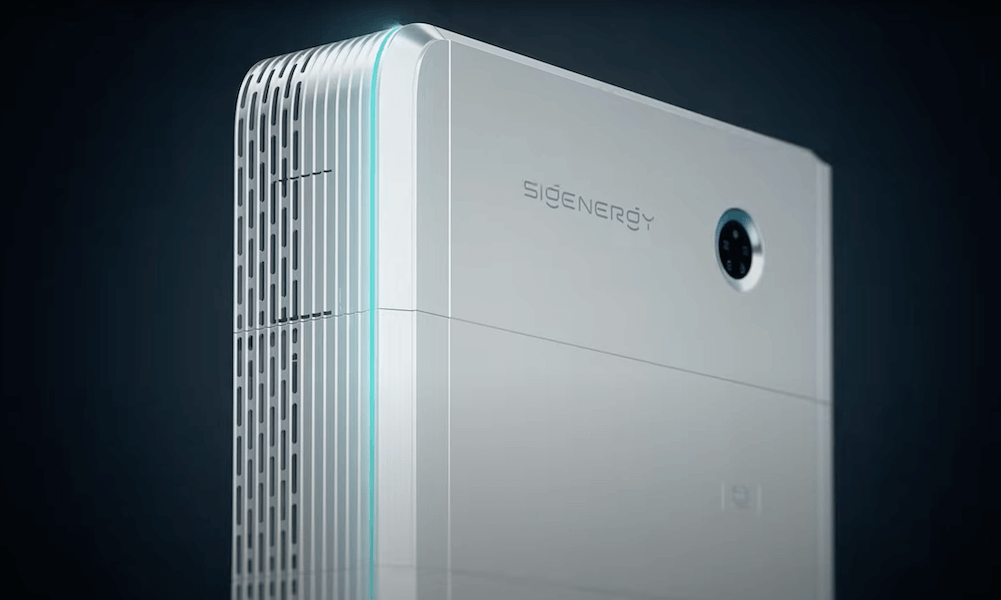
Apps, Ecosystem & Smart Tariffs
- Tesla app is polished, with Storm Watch, Time-Based Control and Charge on Solar integrations.
- Sigenergy offers the mySigen app and, uniquely, an optional DC EV-charger module inside the same ecosystem – appealing if you want one vendor for PV, storage and EV charging.
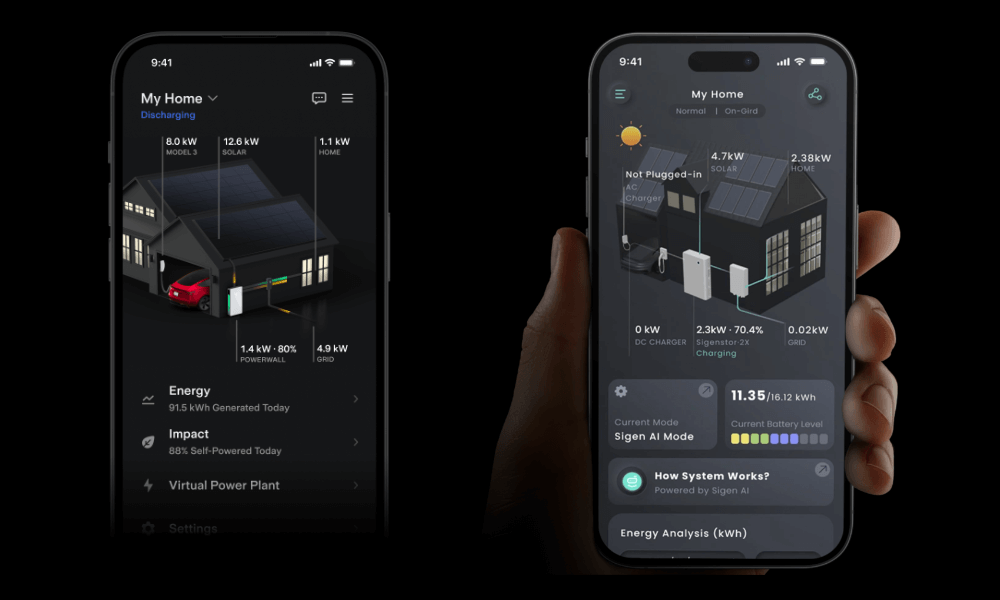
Warranty & Degradation
- Powerwall 3: 10 years, 80% capacity at 10 years. In listed applications (solar self-consumption, time-based control, backup), cycles are unlimited; otherwise 37.8 MWh throughput applies. Internet connectivity is required to secure the full 10-year term.
- SigenStor: 10 years, 60% capacity at 10 years or throughput limit (e.g. 23.77 MWh for an 8 kWh module; 15.85 MWh for 5 kWh). There’s also an option to extend the warranty to 15 years (60% capacity).
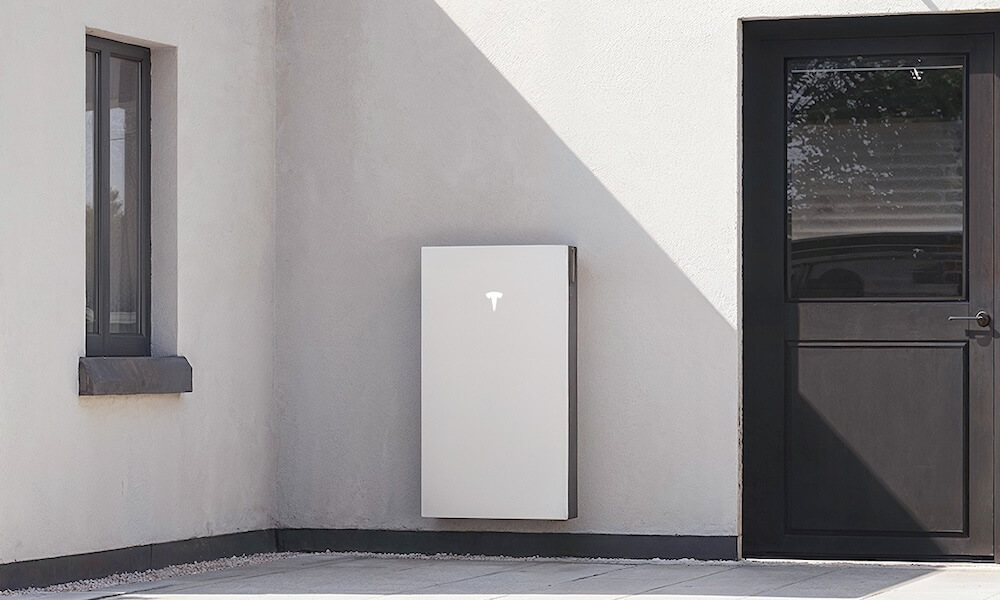
Installation Practicalities (Space, Noise, Weather)
- Powerwall 3 is IP55 (wiring compartment IP55; battery & power electronics IP67) and can be wall or floor mounted; typical operating noise <50 dB. Dimensions 1105×609×193 mm.
- SigenStor is IP66 for outdoor installs without extra enclosures, helpful where indoor space is tight. The separate Gateway is IP54 which means it’s protected against dust and splashes of water – suitable for most sheltered, outdoor installations.
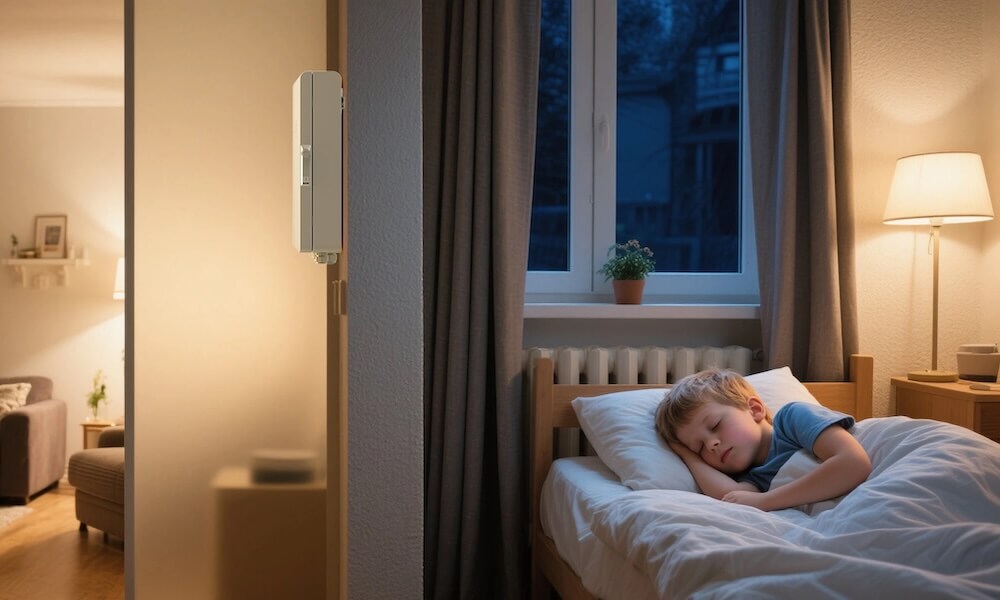
Bidirectional Charging
Bidirectional charging allows you to not only charge your electric vehicle but also use the energy stored in your car’s battery to power your home (Vehicle-to-Home, or V2H) or even send it back to the grid (Vehicle-to-Grid, or V2G).
- The Sigenergy SigenStor stands out with its fully integrated bidirectional EV DC charger (check your EV is compatible). This means the capability is built directly into their energy storage system, enabling seamless interaction between your home, solar panels, battery, and EV. This all-in-one approach simplifies the hardware required and allows for efficient use of solar energy to directly charge your vehicle.
- In contrast, while the Tesla Powerwall 3 has the hardware to support bidirectional charging, the feature is not yet enabled in the UK.
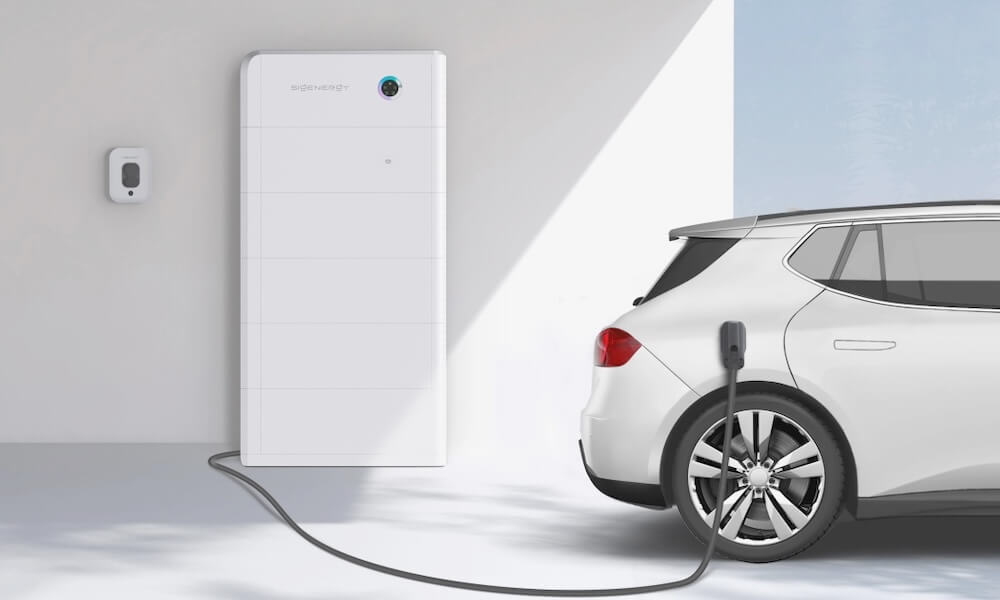
Which is right for you?
When considering the SigenStor and the Powerwall 3, it can be bewildering when faced with so much technical jargon. So here is another, ‘scenario-based’ way to help you make an informed decision:
SCENARIO | BEST CHOICE | WHY? |
New Solar + Battery; want fewest boxes & neatest install | Powerwall 3 | Integrated PV inverter (3 MPPTs) + storage in one chassis; excellent app |
Existing 3-phase home; larger loads / heat pump | SigenStor | Native 3-phase controllers up to 25 kW; flexible scaling |
Whole-home backup with big start-up loads (e.g. well pumps) | Powerwall 3 | High continuous power & 185 A LRA start capability |
EV-centric home; minimal boxes; future DC fast home charging | SigenStor | Optional DC EV-charger module within the platform |
Tight spaces, outdoor wall | Tie | Powerwall: compact & IP55/IP67; SigenStor: IP66 outdoor-ready |
Maximise tariff arbitrage with lots of daily cycling | Powerwall 3 | Unlimited cycles (in listed applications) gives peace of mind |
Incremental capacity growth over time | SigenStor | Add modules/stacks as needs change |
Real-World UK Considerations
Whatever battery storage you ultimately opt for, you need to bear in mind the following factors:
- DNO limits & paperwork: Exports above 3.68 kW per phase require a G99 application; smaller systems usually fall under G98 rules. Export limiting can be included in the design to avoid paperwork delays.
- Tariffs: Modern batteries can be set up for time-of-use charging and discharging as well as solar self-consumption. Always check that the battery’s app control matches your supplier’s requirements.
- 0% VAT: Residential installation of solar and battery storage – including retrofit – is zero-rated until 31 March 2027 in Great Britain. This gives households a significant saving on installed system prices.
- Placement & noise: Think about ventilation, waterproofing, and clearance before installation. Also factor in noise if locating near bedrooms or other habitable rooms.
FAQs (UK)
Here are the answers to some of the most common questions we receive about the Sigenergy SigenStor and Tesla Powerwall 3:
Yes. SigenStor has native 3-phase controller options (up to around 25 kW), which suit larger homes and higher combined loads without needing one battery per phase.
- Tesla: 10 years, 80% state-of-health. For listed applications (e.g. solar self-consumption) cycles are effectively unlimited; otherwise a 37.8 MWh throughput applies. Internet connectivity is required.
- Sigenergy: 10 years, 60% state-of-health or a published throughput (e.g. 23.77 MWh per 8 kWh module).
So the length of the warranty is the same, but with Tesla you get a higher guaranteed state-of-health at 10 years (80%) than Sigenergy (60%).
Yes. In the UK, residential installations of solar and battery storage are zero-rated for VAT until 31 March 2027. From 1 February 2024, retrofit batteries also qualify.
Yes, design-dependent. Powerwall 3 uses the Backup Gateway for islanding and can back up the whole house when sized appropriately (on 3-phase, that usually means one unit per phase). SigenStor can deliver single- or 3-phase backup natively, again subject to correct sizing, protection and DNO permissions.
Yes. Powerwall 3 can be fitted to homes with or without existing PV; design choices (AC-coupling vs integrating PV strings) depend on your current inverter and wiring. SigenStor offers flexible AC or DC-coupled configurations via its modular inverter/battery stack. Your installer will confirm the cleanest route and any re-wiring needed.
Powerwall 3 is a fixed-capacity unit; you scale by adding more units. SigenStor grows in modular blocks (e.g. 5-10 kWh modules per stack) and stacks can be paralleled for larger systems. In either case, many UK homes start with one stack/unit and expand as usage (or EV/heat-pump loads) grow.
Yes. Both platforms support scheduled charge/discharge for off-peak/peak strategies and solar self-consumption. App controls differ by brand, and some suppliers have specific rules – your installer should align the setup with your tariff to keep you compliant.
Most residential systems fall under G98; exports above 3.68 kW per phase generally require a G99 application. If quicker approval is needed, designs often include export limiting. Your MCS installer will handle DNO notifications/applications and ensure protective devices and earthing/earthing-change requirements are met.
Why Infinity Energy Services?
- Local, UK-focused installer with deep experience in Hampshire and the South of England.
- We supply and install both systems, so we’ll recommend the one that actually fits your home, tariff and budget.
- We handle DNO applications (G98/G99), export limiting where needed, and integrate with EV chargers and heat pumps for a whole-home energy plan.
Explore our dedicated product pages:
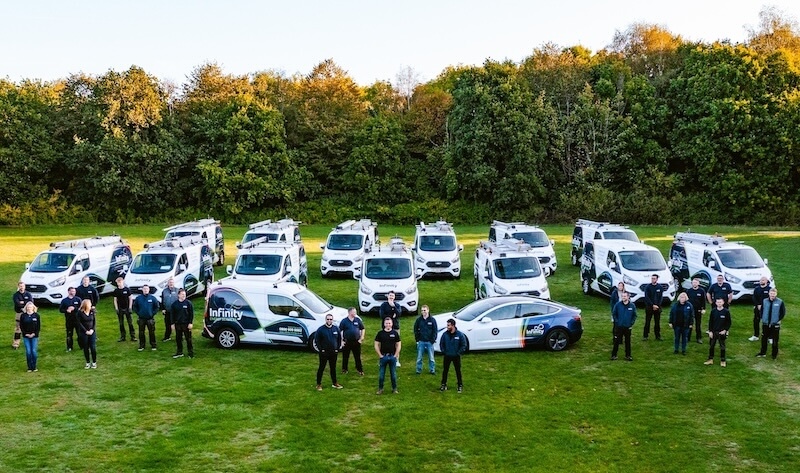

Next Steps (Free survey & quote)
- Tell us about your supply (single- or 3-phase), peak loads and tariff.
- We’ll model bill savings, backup needs and payback for both systems.
- Choose the fit that suits your home now – with a plan to expand later if needed.
What are our customers saying?
LATEST NEWS & GUIDES
SERVICE THAT’S FULLY SUPPORTED, ACCREDITED AND GUARANTEED









